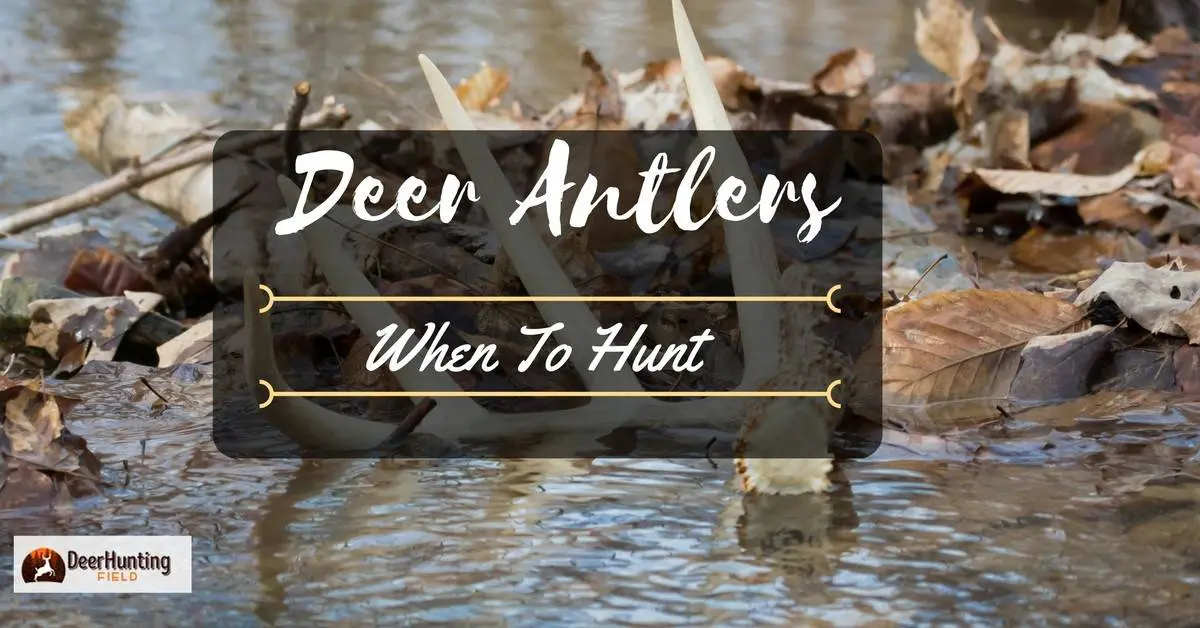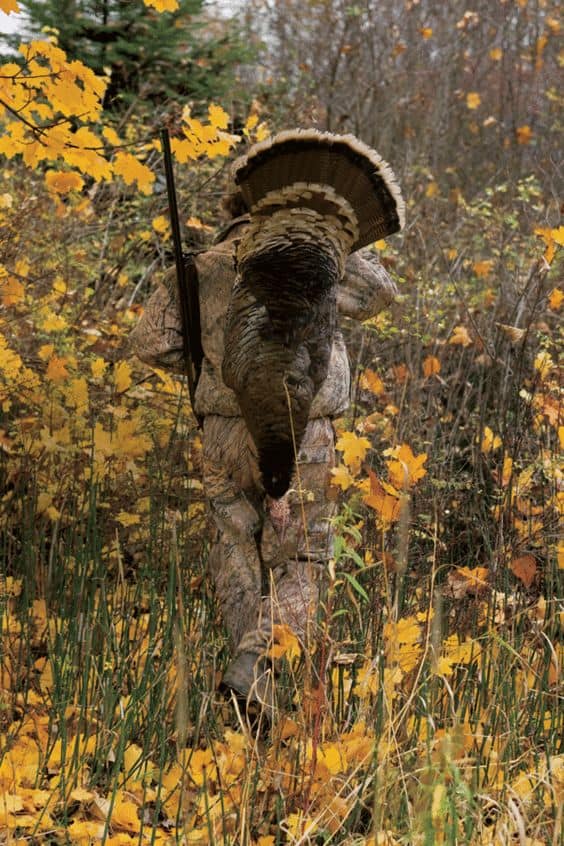
When many novices to deer hunting find out about hunting for discarded antlers in the offseason, the first question they ask themselves is when do deer shed their antlers? It’s no secret that most of us who hunt love antlers, and the ability to collect them without expending a single round or tag is an alluring prospect and quite easy if you get out at the right time.
When Do Deer Shed Their Antlers?
The Short Answer
Most deer will shed their antlers pretty soon after the rutting season is over. The antlers primarily serve to allow bucks to spar over females during the breeding season and serve little purpose once their task is over.
It’s not a universal given that all bucks will drop around the same time. Deer that are malnourished or injured, for instance, will tend to drop their antlers quite a bit earlier than those who are healthy and jacked full of testosterone.
It’s pretty dependent on your area, actually. The quicker it gets cold, the sooner they’ll be getting rid of their antlers. The general rule of thumb is that they’ll be dropping between January and mid-March, with colder areas being closer to the start of the year.
The Variable Time of Drop
There’s a lot more than just the weather to factor in, however. For instance, if you wounded a buck on a property you frequently hunt during the season but are unable to seal the deal that buck may drop his antlers much earlier than the rest in the area.
Age also plays a crucial role, with studies showing that the time at which bucks shed seems to get earlier as they get past the prime of their life.
Nutrition and habitat also play key roles. Areas that are overgrazed, meaning food is scarce, will often have the deers shedding earlier than an area where there is plenty of forage to go around. A varied food source, meaning healthier deer, will also help them hold on for longer.
If the deer in your area go into breeding season early, for whatever reason, you can reasonably expect them to shed their antlers earlier as well. Remember that the primary purpose of these antlers is fighting over mates, and once that’s done they’ll fall off.
Here Comes the Science
What scientists have found primarily is that the antlers are linked to the testosterone levels in the deer. When the antlers first begin to emerge from the pedicle, they’re covered in a soft substance which is often dubbed “antler velvet” which allows for their rapid growth.
During the summer, their antlers will stop growing and the male deer will rub the velvet off of them, leaving them with the prominent rack to which hunters are so attracted. These remain for the breeding season until they are shed.
After breeding season, as the testosterone levels in the dear go down rapidly, there will be a weakening at the pedicle. This can occur quite rapidly, a deer with a solid rack of antlers one day might have lost them in as little as forty-eight hours.
This doesn’t appear to cause the animal any sort of inconvenience or pain. In fact, contrary to popular opinion, the buck doesn’t seem to have any better idea than we do of when they’ll lose them.
By Region
If you’re shed hunting in the US, it’s safe to assume that the farther north you are, the sooner the animals will begin to lose their antlers. In the coldest regions of North America, this can begin to happen as soon as late December.
As you venture into the more temperate regions, you’ll find that things slowly change. If you’re in this region it’s probably safe to assume that the deer in your favorite hunting grounds will begin losing their antlers by mid-January and sheds will continue through February.
In the Southern states, you’ll have to wait quite a bit longer. The beginning of March is a safe assumption, and in the hottest regions, a healthy buck may not shed until the middle of April.
One fun fact: if regional conditions don’t change year to year and you’re seeking a particular buck’s shed you’ll find that they often drop their antlers within a couple of days of the previous year’s date of shed every time.
Conclusion
We hope that we’ve helped you to find out what you’re looking for. There’s a lot of variables at play when you ask yourself “when do deer shed their antlers?” and it’s dependent on region and the health of the animals in your area but in general it will happen after the mating season is over.
Please leave us a comment below if you have any more questions on this fascinating subject.
Sources:
http://www.grandviewoutdoors.com/big-game-hunting/why-do-deer-shed-their-antlers/
http://www.fieldandstream.com/blogs/hunting/2009/04/when-do-bucks-shed-their-antlers
http://www.grandviewoutdoors.com/big-game-hunting/when-do-deer-drop-their-antlers/
http://www.bonecollector.com/white-gold-when-do-bucks-shed-antlers/













